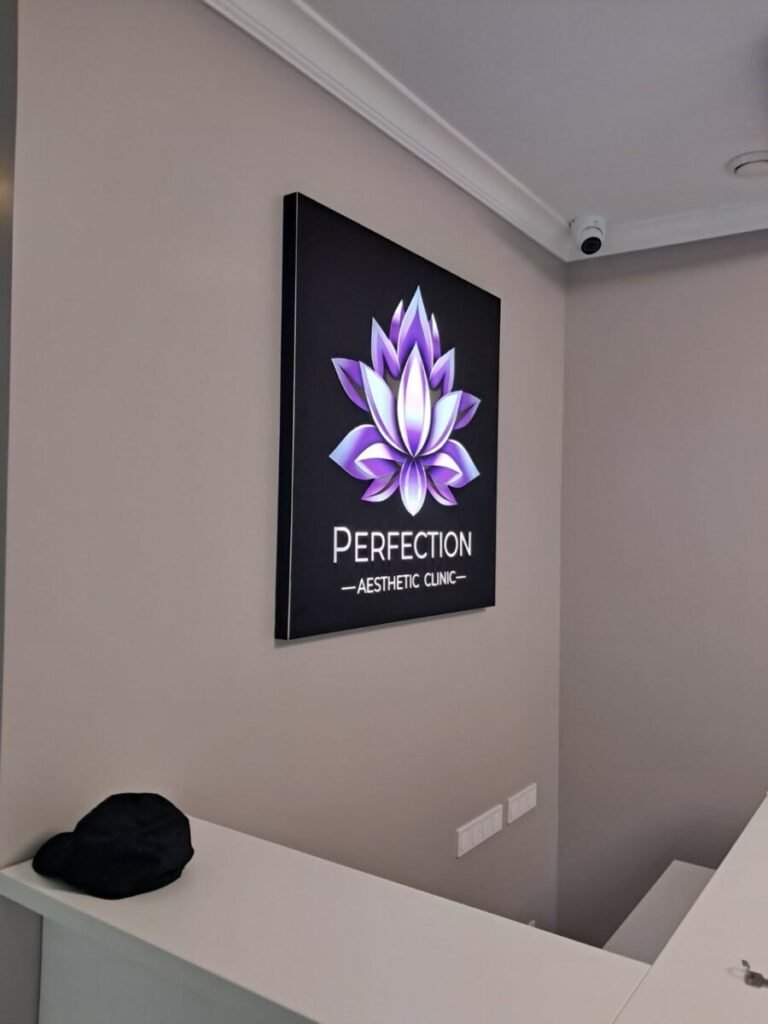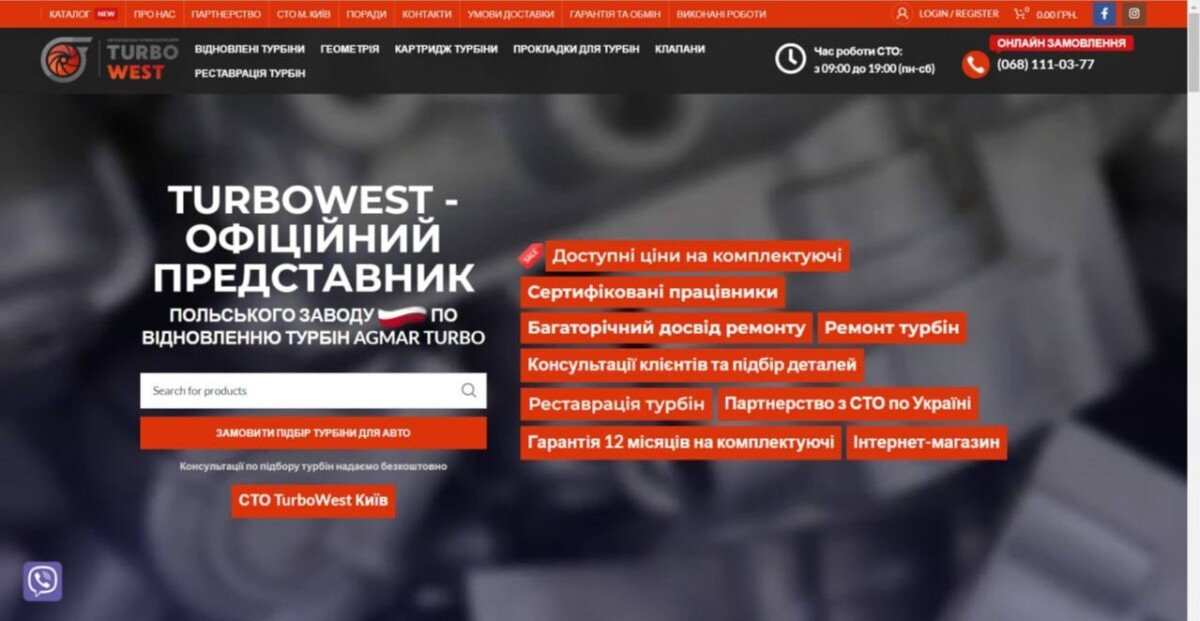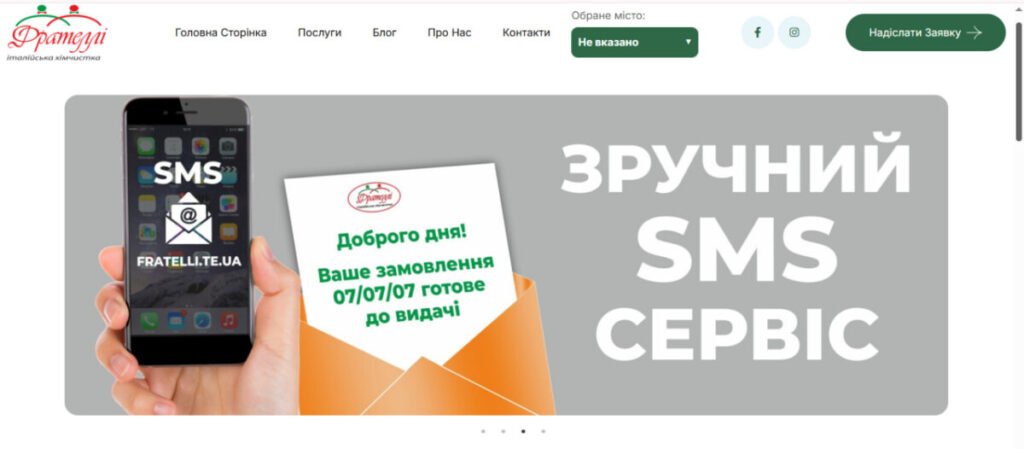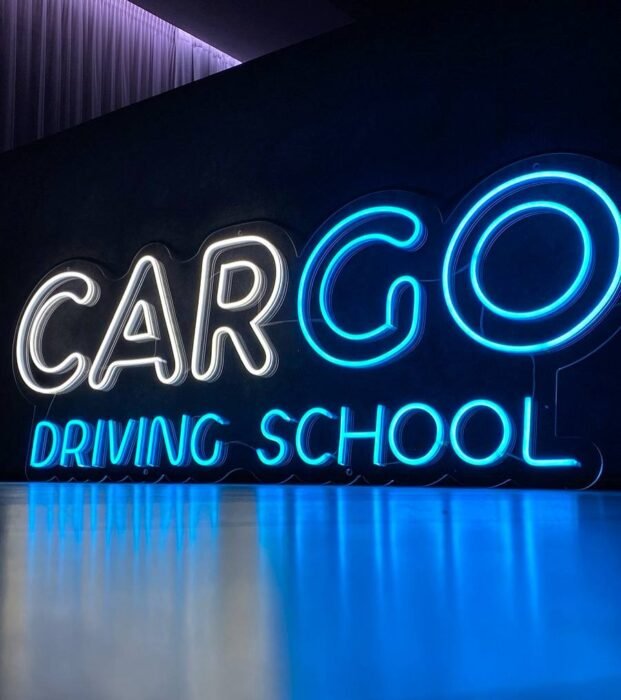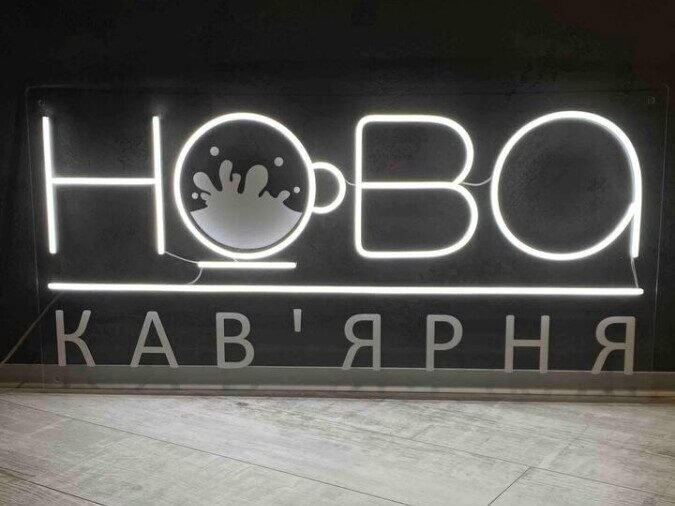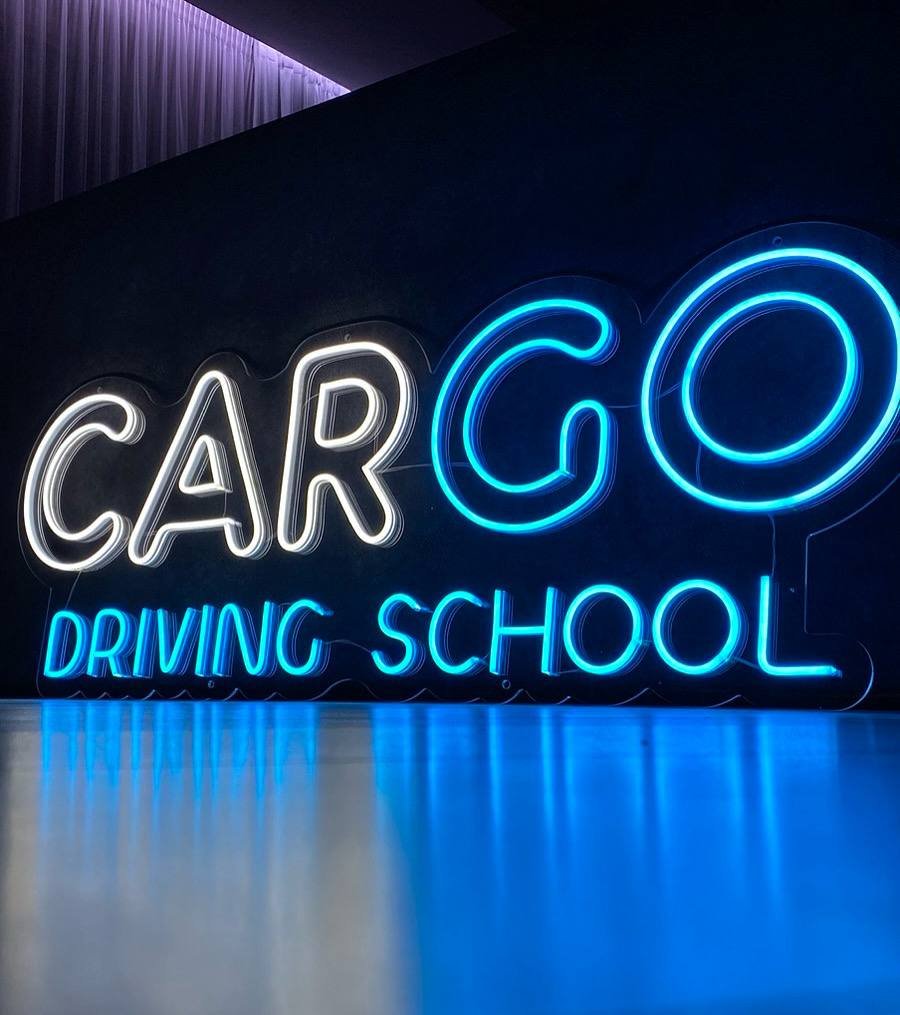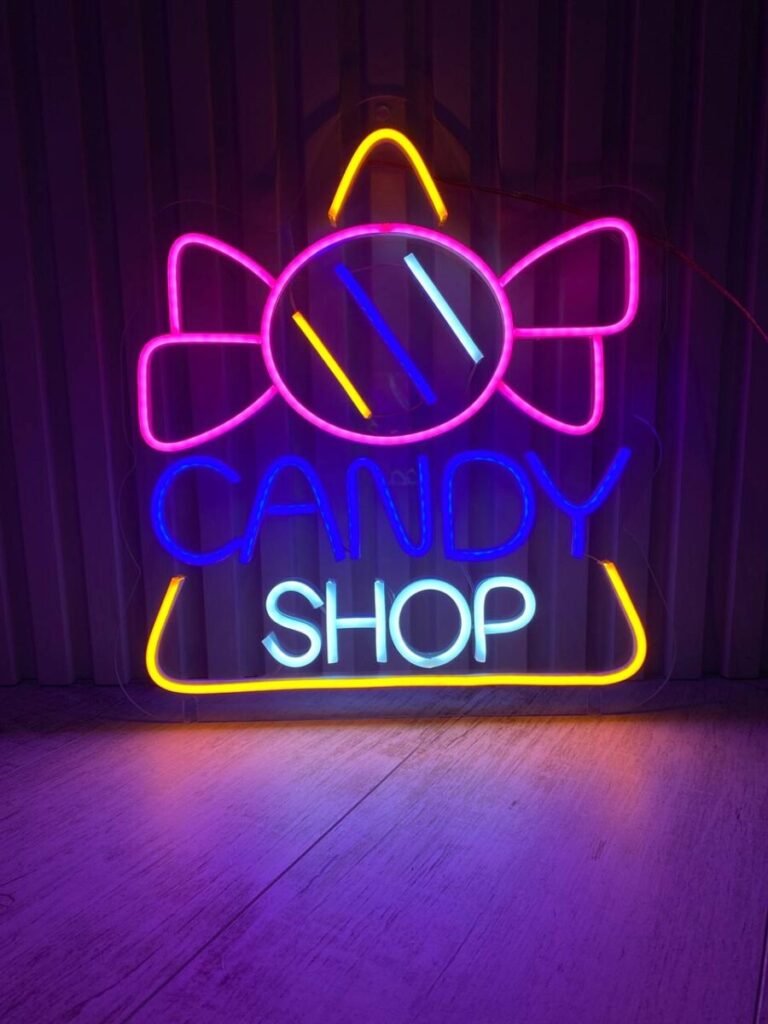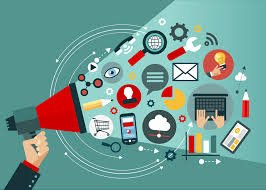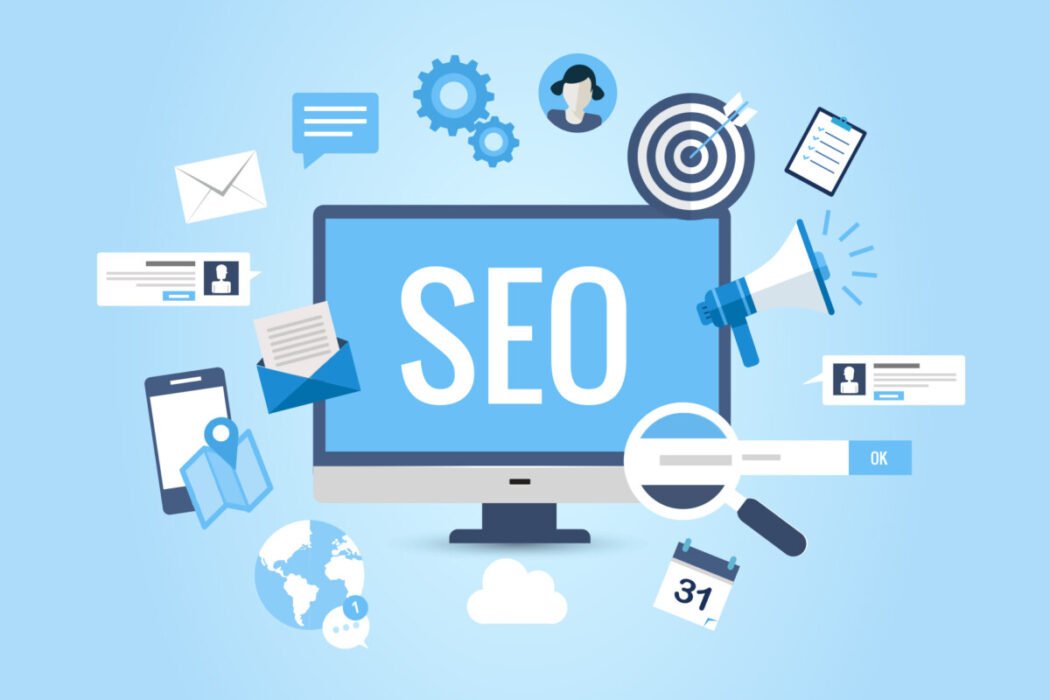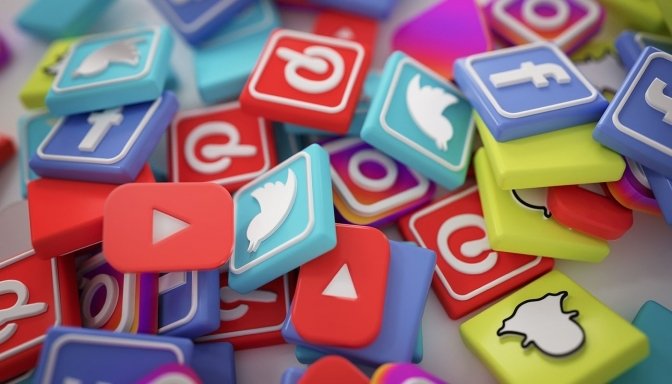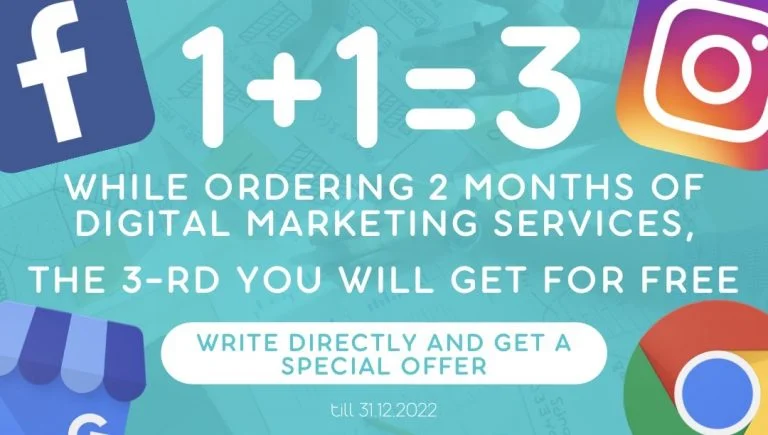In the modern digital world, user attention has become the most valuable currency. With the rapid growth of platforms like TikTok, Instagram Reels, and YouTube Shorts, the short, vertical video format has become the key to reaching millions of potential customers. The “Dali” Marketing Center doesn’t just follow these trends—we leverage them to ensure the growth of our clients’ businesses.
The Era of Short Videos: Why It Works
Short videos (lasting between 7 and 60 seconds) perfectly match the contemporary pace of life. They instantly capture attention, quickly convey the core message, and evoke an emotional response.
Key advantages for business:
- Viral Potential: Platform algorithms actively promote engaging and high-quality content, providing massive organic reach.
- High Engagement: Users are more likely to watch a short video to completion than a long one.
- Demonstration of Expertise and Humanity: This format makes it easy to showcase the business’s “behind the scenes,” the faces of the team, expert advice, or simply to entertain the audience.
The Dali Comprehensive Approach: From Idea to Viral Reel
The “Dali” Marketing Center offers a full cycle of services for promotion through short videos, ensuring the creation of content that doesn’t just look good, but sells.
Our services include:
- Strategic Planning: Developing a content plan that aligns with business goals and platform trends.
- Content Creation: We conduct professional filming and high-quality editing of video reels. We create content in various formats: from humorous skits that boost brand awareness to expert tips that build trust.
- Optimization and Analytics: Utilizing the right hashtags, music, and analyzing metrics for continuous performance improvement.
Our Case Studies: Expertise and Humor in Action
We have successfully integrated a short video strategy for our clients across various sectors, proving its versatility and effectiveness:
Case Study 1: “Dvyhun” Driving School – Education with Humor
Goal: To overcome the stereotype of boring driving lessons and attract a younger audience.
Solution: Creating a series of humorous reels that play on typical road situations, novice fears, and funny moments with instructors.
Result: A sharp increase in the page’s organic reach, thousands of saves and shares, and an increase in course applications. Humor helped to “humanize” the brand and make it more relatable to the target audience.

Case Study 2: ENT Clinic – Trust Through Expertise
Goal: To build an image of a highly qualified clinic and debunk myths about treating ENT diseases.
Solution: Creating expert video reels where clinic doctors provide short but informative tips on prevention, explain symptoms, and discuss modern treatment methods.
Result: A sharp increase in trust towards the doctors, a rise in direct inquiries in the comments, and consequently, more appointments booked. Expert content positioned the clinic as an authority in its field.
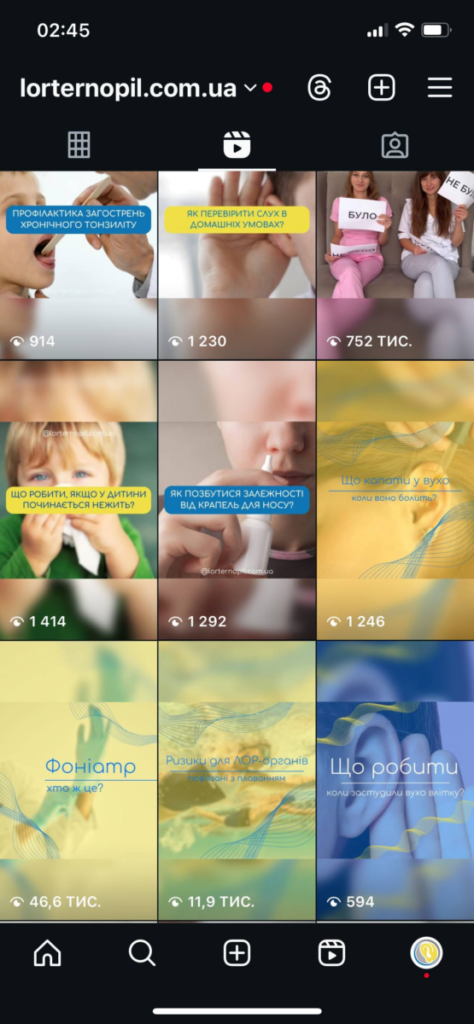
Dali – Your Reliable Partner in Comprehensive Promotion
The “Dali” Marketing Center offers clients not only innovative video promotion but also a powerful, time-tested foundation for any advertising campaign.
Focusing on the Complex: Our Unshakeable Foundation
We have been involved in outdoor advertising for over 20 years. This experience allows us to guarantee the highest quality for our clients, as we have our own workshop for the production of all types of signage and we provide quality banner printing.
Our advantages in outdoor advertising:
- Signage that Works: Our signs are already bringing visitors to our clients in more than 15 countries worldwide. We manufacture neon, LED-neon signs, lightboxes, and other structures using only high-quality and proven advertising materials.
- Quality and Reliability: Our specialists have undergone the necessary training and internships. We will carefully package your advertisement and deliver it to any region or country.
How Collaboration Works?
- Contact: You submit a preliminary request on our website, by phone, or via your preferred messenger.
- Consultation: You receive a free consultation from our specialist regarding the type, dimensions, and installation specifics of the advertisement.
- Production: Production of advertising materials is possible based on your design, or our designers will create it.
- Pricing: The price for each type of advertising is calculated individually.
Full Range of Services and Savings
We provide a full range of advertising services, covering all areas of modern marketing: SMM, SEO, website creation and development, design, content creation, targeted ads, Google Ads, signage, neon, LED-neon, lightboxes, banners.
We provide additional discounts for complex and repeat orders. By choosing “Dali,” you get not fragmented services, but a COMPREHENSIVE approach where the effectiveness of every tool (from a viral reel to a high-quality sign) is multiplied by experience.
Promotion through short videos is not just a trend; it is a necessity that allows for rapid audience reach. The “Dali” Marketing Center possesses all the necessary tools to make your business noticeable: from creating engaging humorous and expert reels to reliable production of outdoor advertising with 20 years of experience. Contact us, and we will turn your goals into results.
Contact us for a FREE consultation today!








